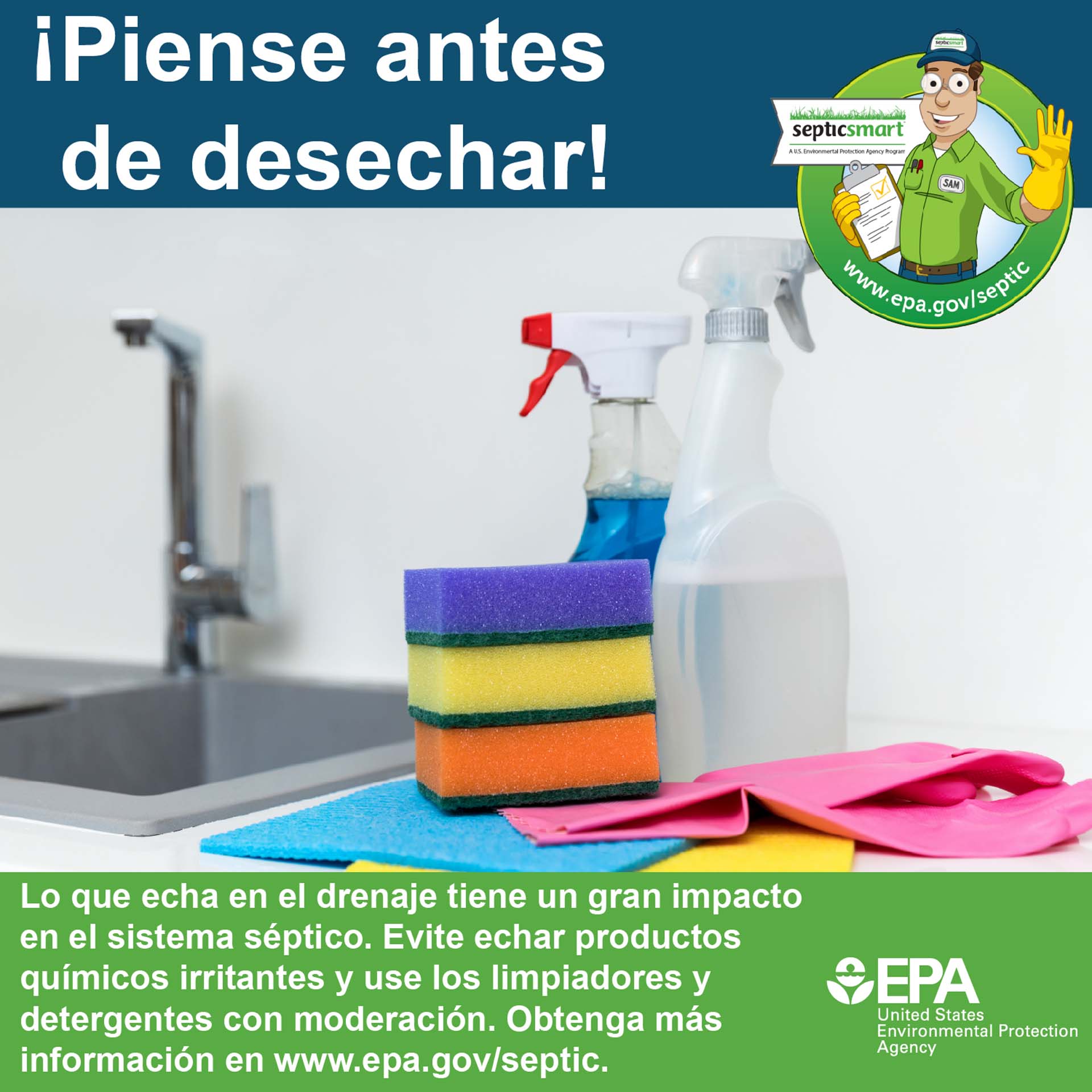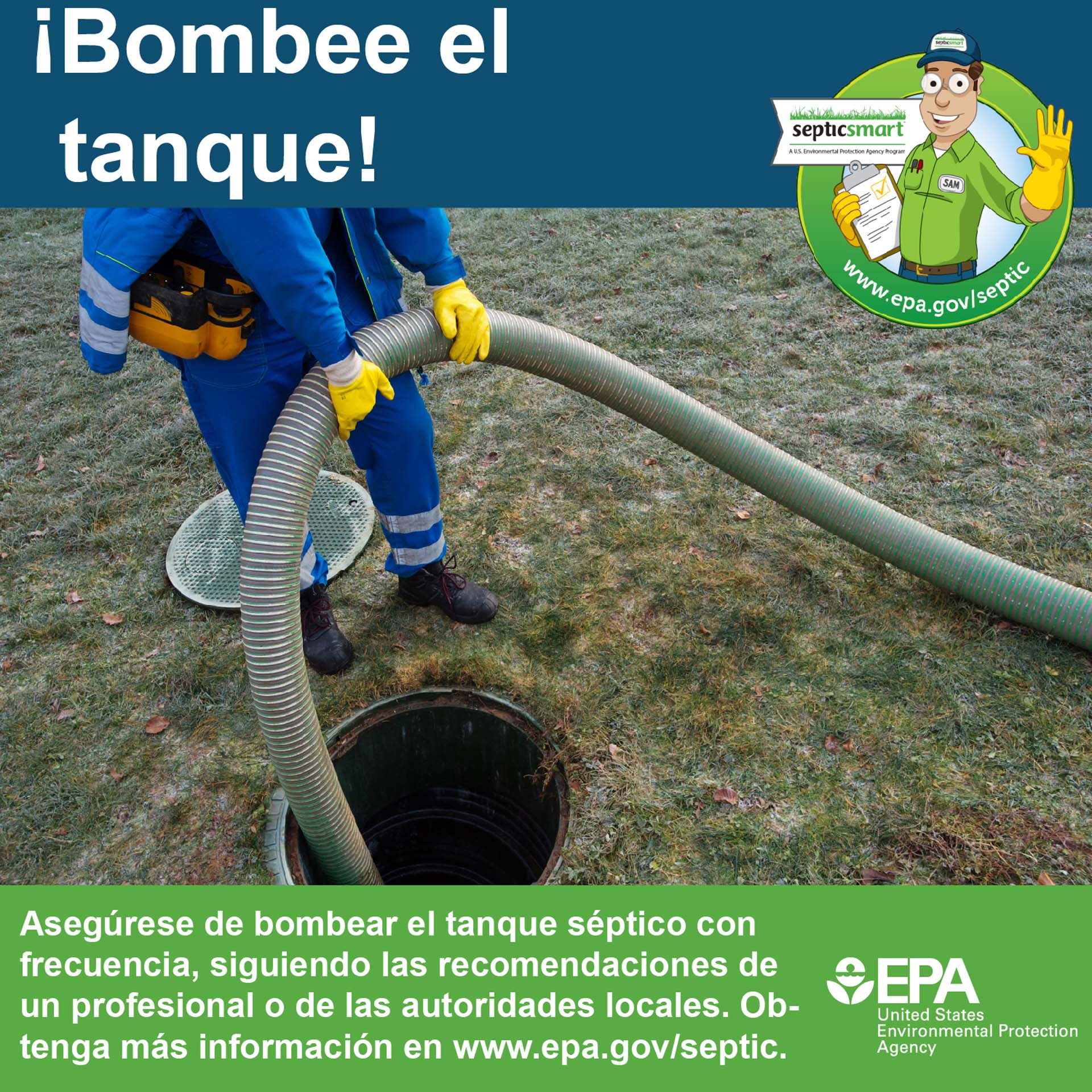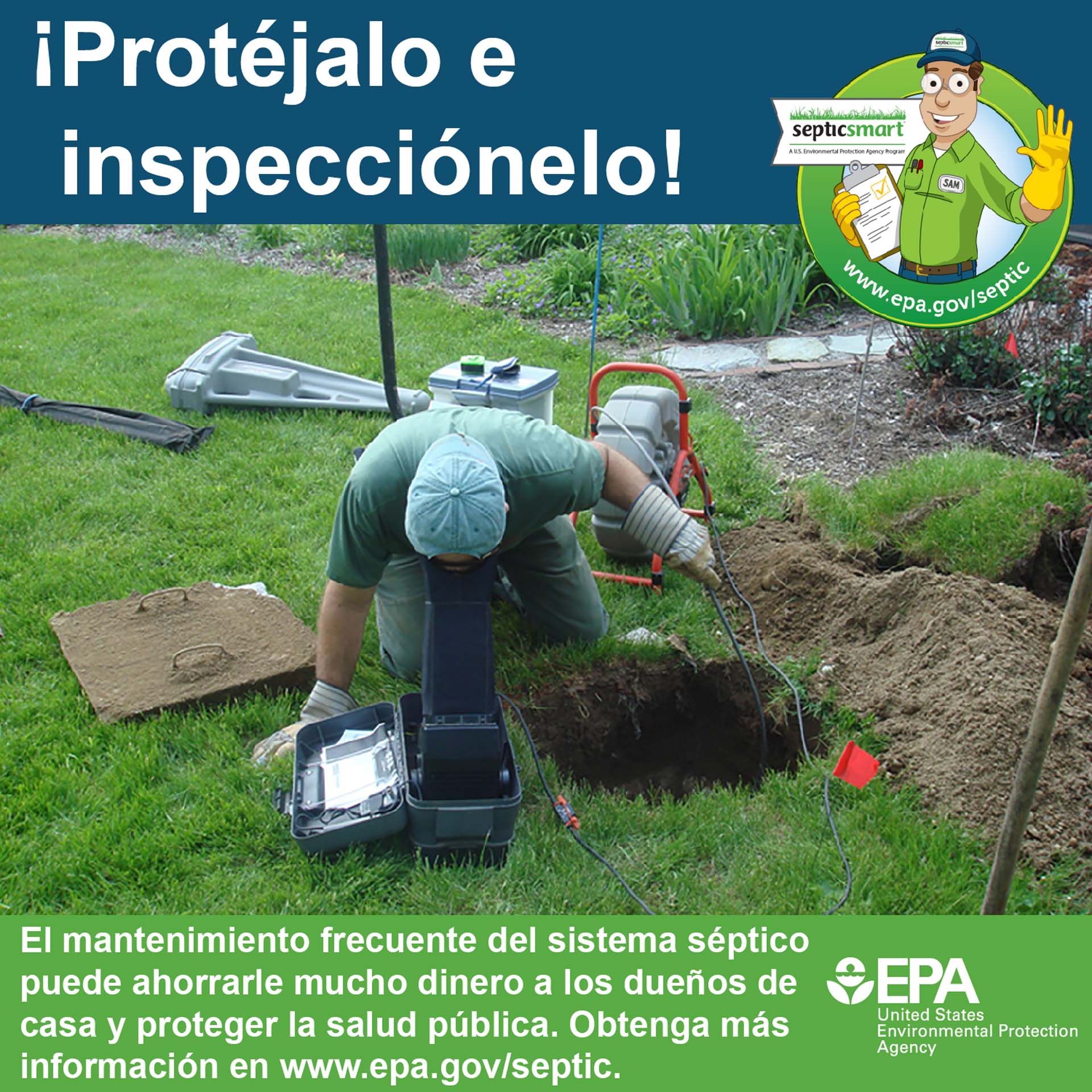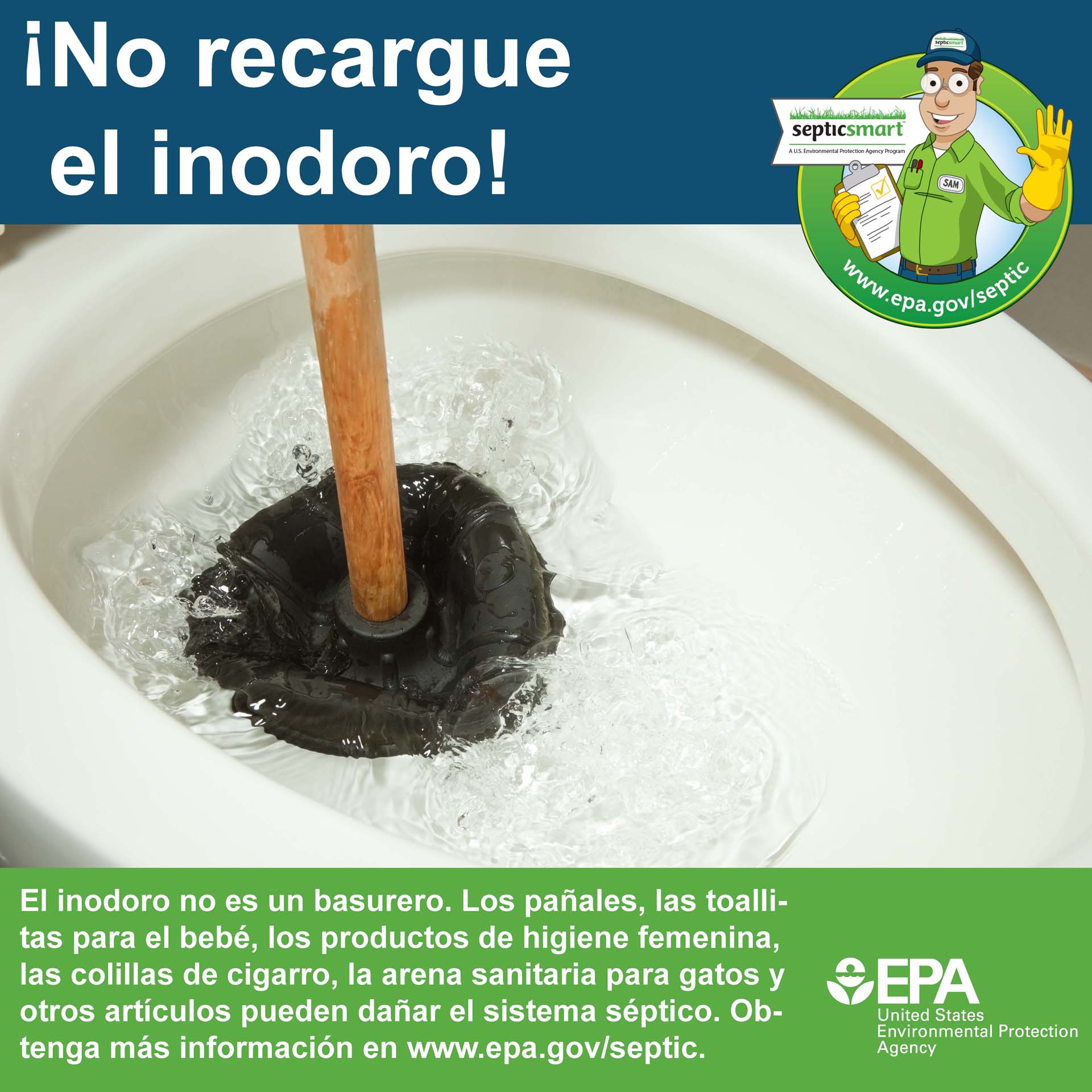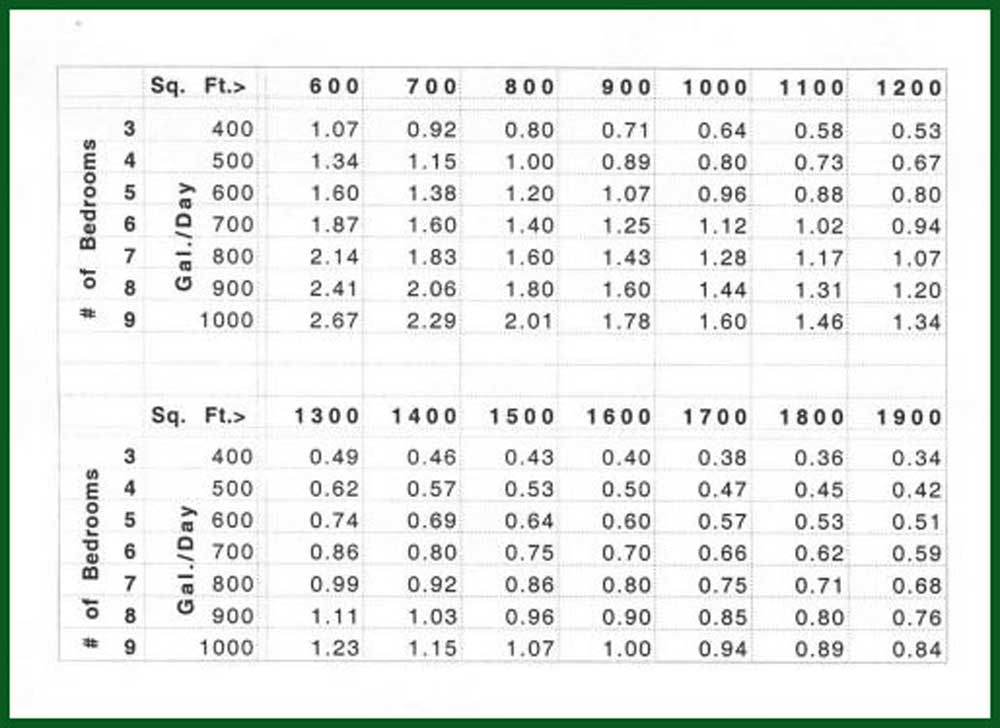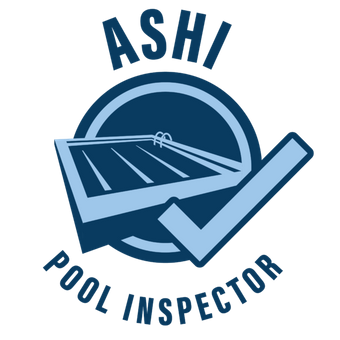PSMA – “The Industry Standard”
In Pennsylvania, there are no laws or regulations governing on-lot wastewater treatment system inspections. Anyone can call themselves an inspector and take your money. Likewise, there is no government-set method for inspecting these systems. PSMA/NOF’s Inspection Standards and the related processes are described as the “industry standard.”
Do’s and Don’ts Of Your Septic System
“What Is Inspected?”
Treatment Tanks
The homeowner is responsible to expose the septic tank lids and to schedule a septic pumper to arrive at the time specified by the inspector.
Once liquid levels are observed and the absorption area inspected, the tank is pumped and inspected. The tank is inspected for physical damage and deterioration that will compromise its functionality, structural stability, and safety.
Distribution Systems
The pump/siphon tank (if one exists) is filled to the point of setting off the septic alarm in the home at which point the pump is activated and observed for proper operation.
The pump/siphon tank is pumped along with the treatment tank and inspected for the same defects mentioned above.
Absorption Area
The absorption area is probed using a metal probe rod to determine the amount of dry aggregate (crushed stone). This measurement is compared to the PSMA standard to determine if the absorption area is functioning properly. If a problem is found at this stage, the treatment tank will not be pumped. This will preserve the condition of the system for another inspector should the seller choose to obtain a second opinion.
Don’t be caught by the
“Dye Test Myth”
Often we get the request to “just do a dye test” to evaluate the septic system. While dye can be used as a useful tool, it does not prove anything other than a connection between two points… nothing more, nothing less.
Trust in Us
SEPTIC HYDRAULIC LOAD TEST
The Hydraulic Load Test (HLT) mimics the normal operating conditions in the absorption area. During an HLT, a known volume of clear water is introduced into the absorption area. The level of liquid in the absorption area is recorded both before and after the water is introduced. The inspector returns the following day and repeats the process and determines if the system can accept and distribute to the soil, the peak daily flow assigned to the size of the home.
An HLT is required when a home has been vacant for more than 7 days and/or not occupied normally for the last 14 days. At times when evaluating an absorption area in an occupied home, the measured liquid levels may also trigger the need for an HLT. The PSMA Standards does allow the opportunity to reestablish normal occupancy conditions to avoid performing an HLT; however, time is often the deciding factor in selecting the process to be followed.
An HLT is also recommended when a home is not fully occupied. A septic inspection without an HLT on an under-occupied home will only determine how the system is performing at the current occupancy level.
An HLT will not hurt your system. It is simply a method to mimic water usage in the home at a volume determined by what the DEP assigns to a home of that size. The inspector monitors the liquid level in the absorption area during the test. If the absorption area becomes saturated before reaching the designed load amount, water flow is halted.
The DEP assigns a peak daily flow of 400 gallons to any home up to 3 bedrooms. Each additional bedroom adds another 100 gallons.
It is expected that the septic system should perform normally regardless of the weather. Popular but unfounded reactions from property owners, either when they first learn an HLT is necessary or when the system is deemed unsatisfactory are “It’s gonna blow out the system” or “We’ve had a lot of wet weather so of course the system is full of water”. Much of any significant rain fall volume runs off the surface and whatever is actually absorbed into the soil has little impact in the measured level in the absorption area in almost all cases. The table at the bottom of this page illustrates the relationship between the volume of water used during an HLT and a rainfall event.
“But there was snow…” Yes, however, snow accumulates at a far greater rate than rain. On average, 10 in. of fallen snow is equivalent to 1 in. of rain. While there are heavier and lighter “snows,” the melting process, runoff, direct evaporation of snow, and reduced permeability of frozen soil all combine to spread the conversion of snow to water over time, diminish the actual amount of snow available to infiltrate and reduce the actual amount of water that can infiltrate. The issues regarding the behavior of rain all come into play when the melt water eventually enters the soil.
The state or local regulation is consulted to determine the expected peak flow that the system should handle. In Pennsylvania, for example, the flow rate is four hundred gallons for one to three bedrooms. One hundred gallons are added for each additional bedroom. A five bedroom house must have a system that is able to receive and release to the soil environment six hundred gallons.
Rainfall Equivalent
For HLT Loading
The following table correlates three factors:
- 1. The number of bedrooms in a structure.
- 2. The peak flow expected from the structure.
- 3. The size of the absorption area
The following table indicates the equivalent inches of precipitation that a hydraulic load test will introduce into the absorption area.





